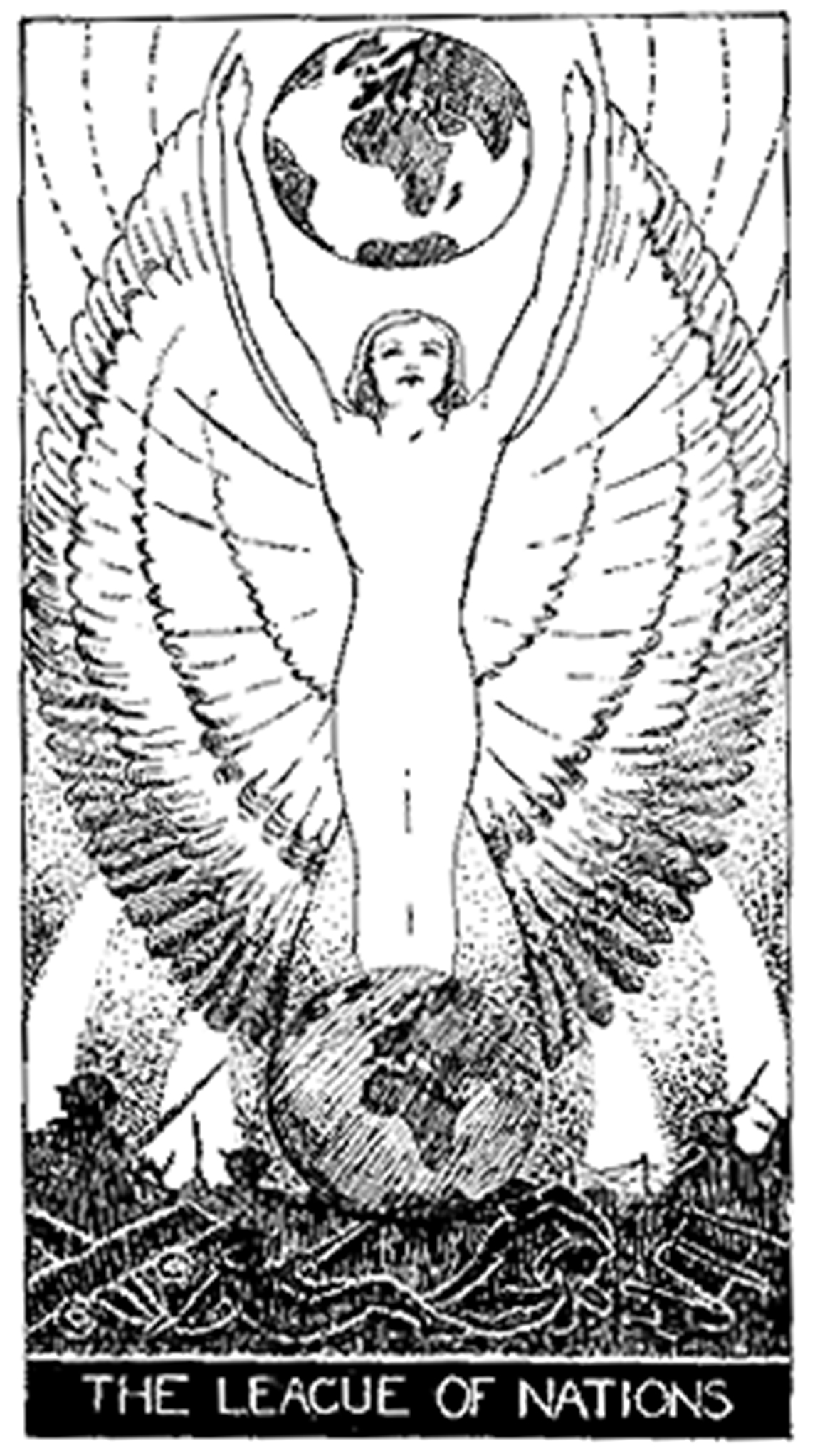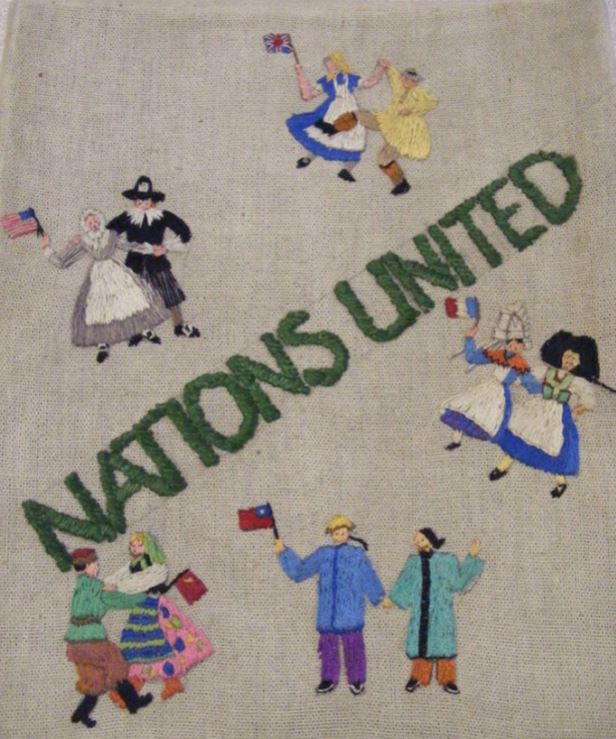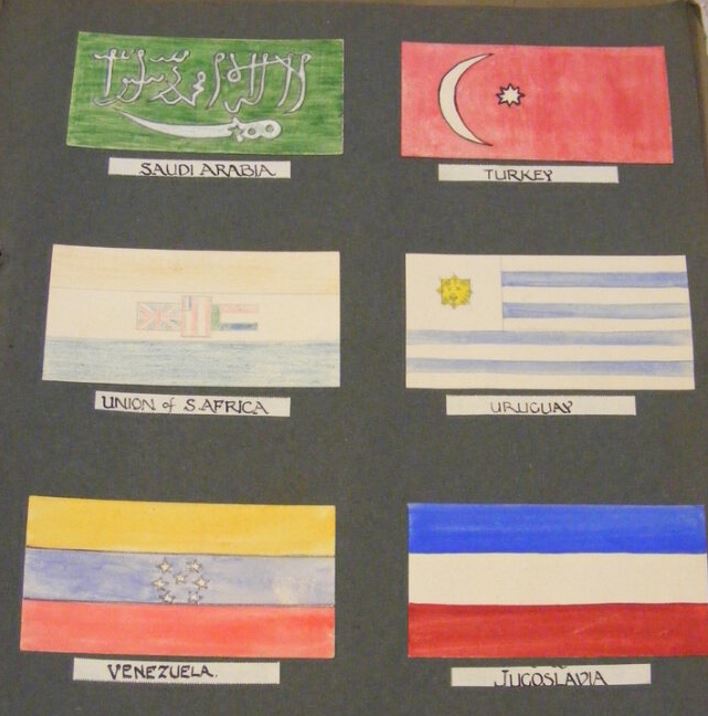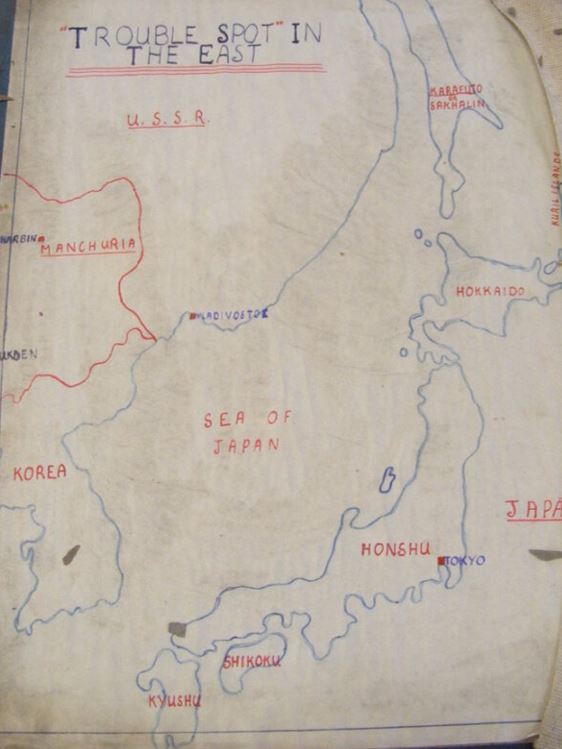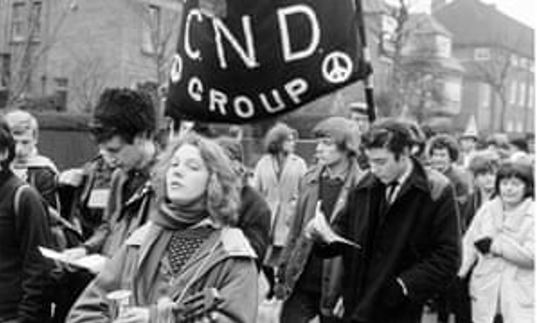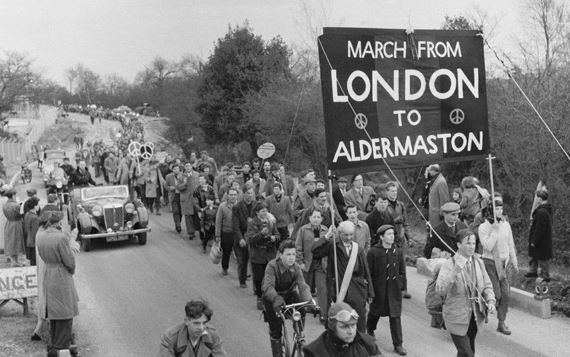School History - Campaigning for Peace
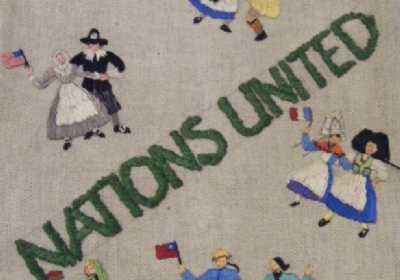
WSFG has a proud tradition of campaigning for peace.
Our school has a proud tradition of campaigning for peace. Miss Hewett, Headteacher from 1890-1924 saw us through the conflict of World War I and Miss Norris, Headteacher from 1924-1946 ran the school and its evacuation during World War II. There are many references to the cause of peace within the pages of Iris, our school magazine.
Miss Hewett had a passionate devotion to the cause of peace and worked strenuously to promote peace. She stated that “Freedom is a better state than slavery, but it has many obligations, and that the freedom of one must never mean the slavery of another.”
In 1931 Miss Norris set up a school branch of the League of Nations Union which held regular meetings and brought in speakers to highlight inequalities around the world. All past and present students were allowed to join, with adult members paying 1 shilling.
This statement was published in Iris, “we have done this because we are convinced that the solution of the world's difficulties will only be found through international good-will and that the future of the League of Nations depends on the good-will of the rising generation.”
Eunice Holden was elected Chairman of the Committee and in 1932 she attended a Students' Conference in Geneva debating the Indian problems*.
She gave us a talk on the Indian aspect of the matter while E. Hyatt explained the attitude of the British Government.
*Gandhi was in jail in 1932 for protesting against British rule in India.
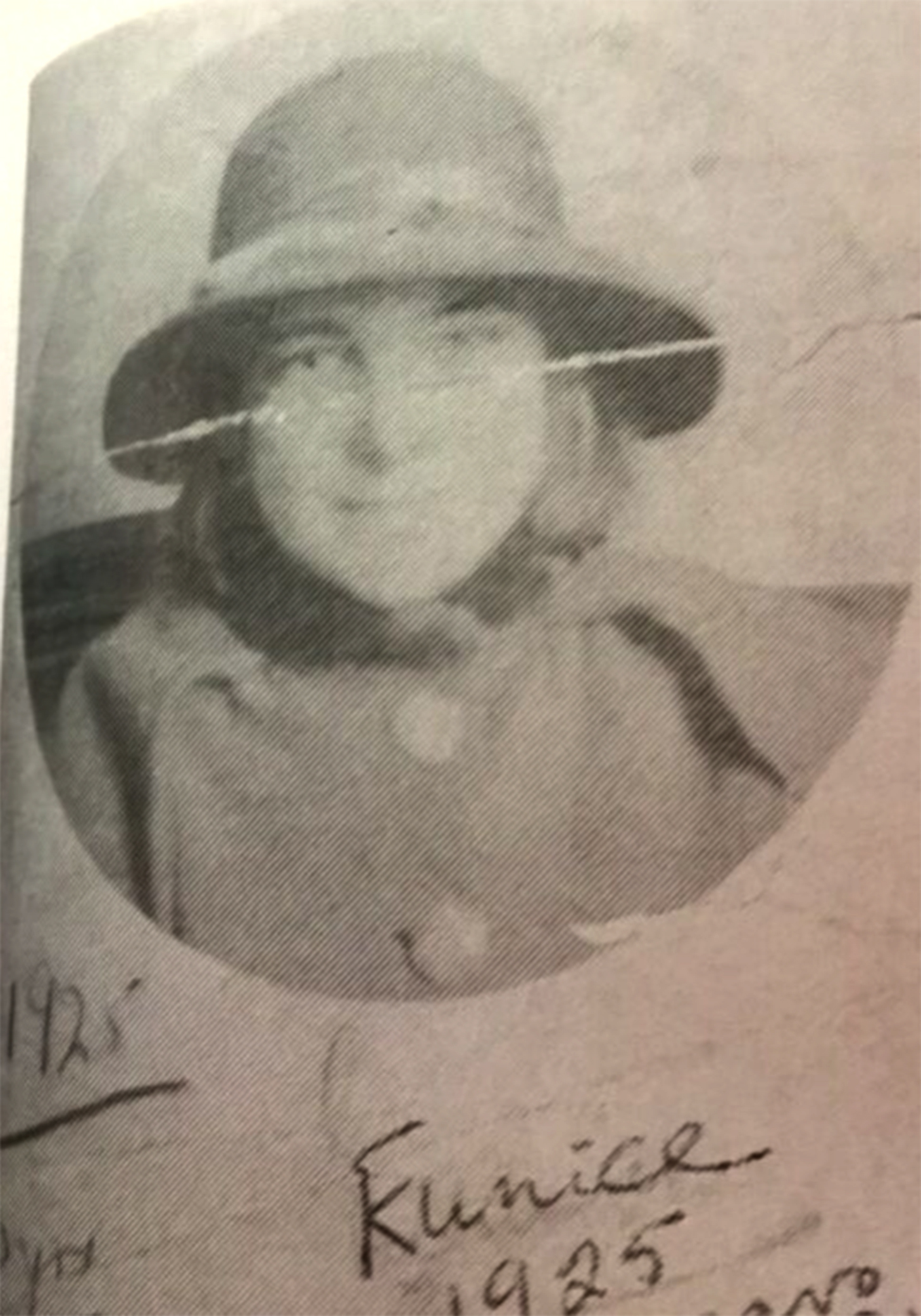
Photo above: Eunice seen here in her school hat in 1925.
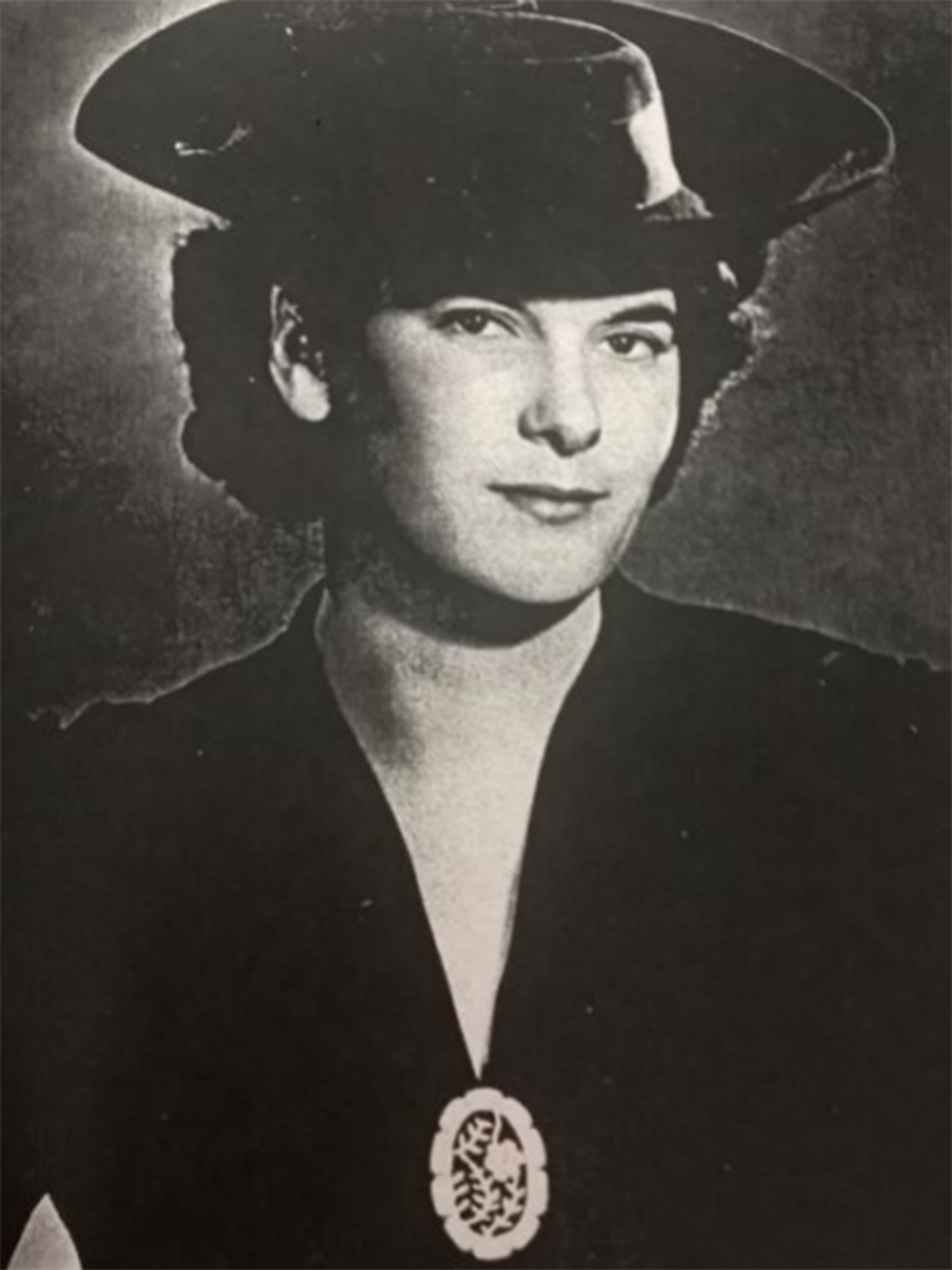
Photo above: Eunice became an actress and English teacher. Here she is in a ‘glamour’ photograph in 1950.
In January 1932 the School participated in the Walthamstow Disarmament Week.
Commander Lewis spoke to us in a fresh and forceful manner on "The Futility of War." The School was very much in evidence at the great final meeting on Sunday evening at the Granada.
Between 1932 and 1934, a World Disarmament Conference was run by the Disarmament Commission in Geneva.
In 1946 students compiled a folder containing newspaper cuttings and artwork related to the League of Nations. The cover was hand embroidered by one of the students.
Campaign for Nuclear Disarmament CND
In 1959, Janet Neville in Form V, wrote in Iris about her weekend campaigning for CND.
Aldermaston March, 1959
Although it is at least six months since Easter, I still have very clear recollections of that weekend. The silence as we marched past the nuclear weapon research establishment with a drummer beating out N.D. in morse; sleeping in the smoke room above the bar of the Butchers Arms; the long march from Reading to Slough; the singing of songs written for this demonstration; the cheerfulness in the downpour on Easter Sunday morning; the minister who blessed us as we passed; the thousands of people who joined us on the last day; the bells of Westminster Abbey ringing for us; the silent march up Whitehall; the rally in Trafalgar Square; the students, business men, housewives, actors and musicians who joined us; the comfort of our beds when we arrived home. . . . . all this happened quite a while ago now, and there have been other public demonstrations since, but the issue of nuclear disarmament stays unchanged, as vital as ever.
Photo below: Valerie Gardiner, a student in 1937 published this drawing in the Iris magazine.
